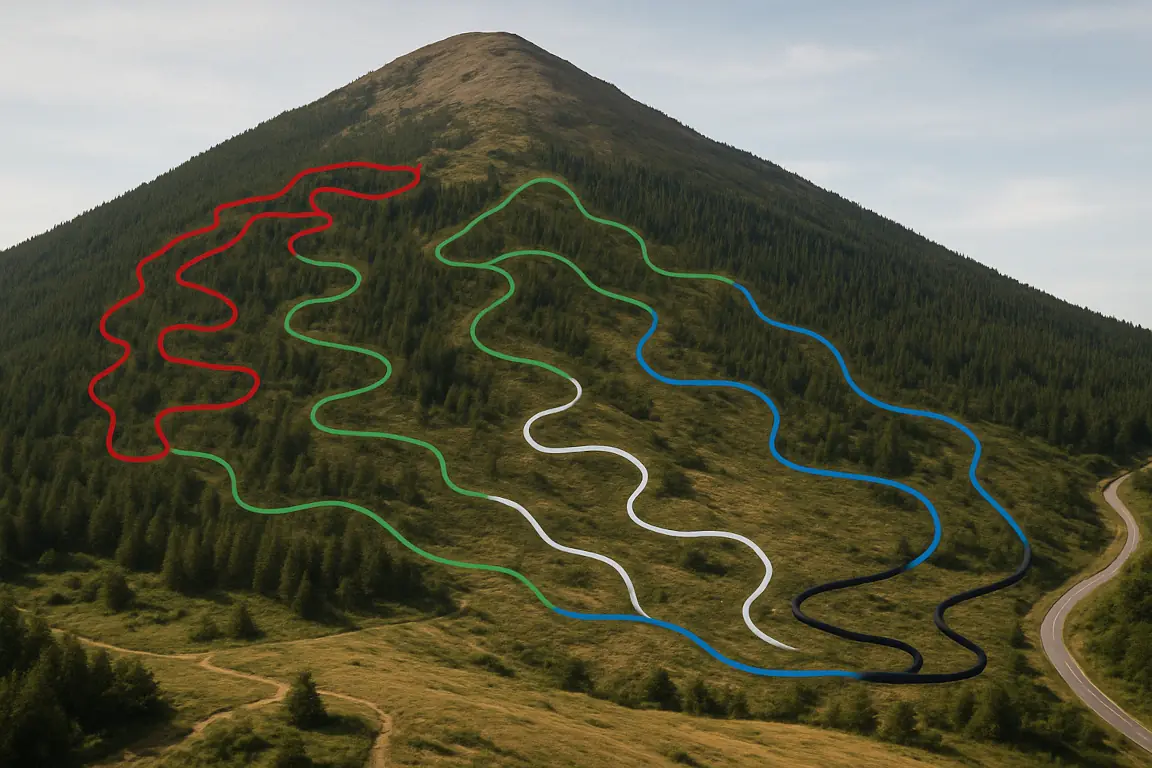
Trail Network Design Strategies
Learn how to design trail networks that offer progression, variety, and efficient land use while minimizing user conflicts and creating memorable experiences for all trail users.
Overview
Understanding Trail Network Design
A well-designed trail network is more than just a collection of individual trails—it's an integrated system that creates a cohesive user experience while efficiently utilizing available land and resources.
- Enhanced user experience and satisfaction
- Accommodates users of varying skill levels
- Maximizes available land resources
- Reduces user conflicts and safety issues
- Creates a sense of place and destination
- Supports sustainable long-term growth
- User demographics and expectations
- Land constraints and opportunities
- Environmental sensitivity and impact
- Maintenance requirements and resources
- Connectivity to surrounding communities
- Long-term growth and phasing potential
Core Principles of Trail Network Design
Successful trail networks are built on several fundamental principles that guide the planning and design process:
Clear paths for skill development with trails of varying difficulty levels, allowing users to advance their abilities safely and gradually.
Diverse trail experiences in difficulty, character, features, and environments that keep users engaged and coming back for more.
Strategic trail placement and density that maximizes experiences within available land through solutions like stacked loops and shared corridors.
Design strategies that reduce user conflicts through separation, directional trails, clear signage, and appropriate trail placement.
Balancing environmental impact with maintenance requirements, user satisfaction, and community support for long-term success.